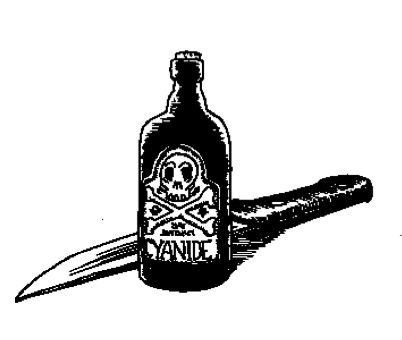Of all the authors whose forte was turning our spines to columns of ice, the supreme master of the art, the Hitchcock of the written word, was Cornell Woolrich. His centenary will be celebrated on December 5, 2003, at the Mercantile Library in New York City. Whatever honors he receives on that occasion will have been richly deserved, but if he were alive and well he wouldn’t enjoy a moment of the event and probably wouldn’t show up for it. His full name was Cornell George Hopley-Woolrich. His mother, born Claire Attalie Tarler, was the daughter of George Tarler, a Russian Jewish émigré who had made his fortune in the import trade with Mexico and Central America. His father, Genaro Hopley-Woolrich, was of Canadian and Mexican descent, an adventurous macho who was both attractive and susceptible to women. Genaro’s half-nephew Carlos Burlingham, who as a teenager in the early 1940s lived with him for a year, describes him as “a very good-looking man with deep blue eyes…. But you would never see him to smile. He always had a very narrow smile.” Around 1901 or 1902, while in the United States working on the construction of New York City’s nascent subway system, Genaro met Claire Tarler and soon married her. Their only child was born on December 4, 1903. In 1907 they left New York with three-year-old Cornell to resettle in Mexico, but the marriage did not long survive the move. Claire returned to the Tarler household on West 113th Street near Morningside Park, and the child stayed with Genaro below the border. His schooling was punctuated by holidays whenever another revolutionary leader captured the town where they lived, and as a hobby he collected the spent rifle cartridges that littered the streets beneath his windows.
When he was eight, Grandfather Tarler took him to Mexico City’s Palace of Fine Arts to see a traveling French company perform Puccini’s then-new opera Madama Butterfly, an experience that gave the boy a sudden sharp insight into color and drama and his first sense of tragedy. Three years later, on a night when he looked up at the low-hanging stars from the valley of Anahuac, he understood that someday, like Cio-Cio-San, he too would have to die. From that moment he was haunted by a sense of doom. “I had that trapped feeling,” he wrote, “like some sort of a poor insect that you’ve put inside a downturned glass, and it tries to climb up the sides, and it can’t, and it can’t, and it can’t.”
During his adolescence he returned to New York City and lived with his grandfather and aunt and mother in George Tarler’s house on West 113th...
You have reached your article limit
Sign up for a digital subscription and continue reading all new issues, plus our entire archives, for just $1.50/month.
Already a subscriber? Sign in





